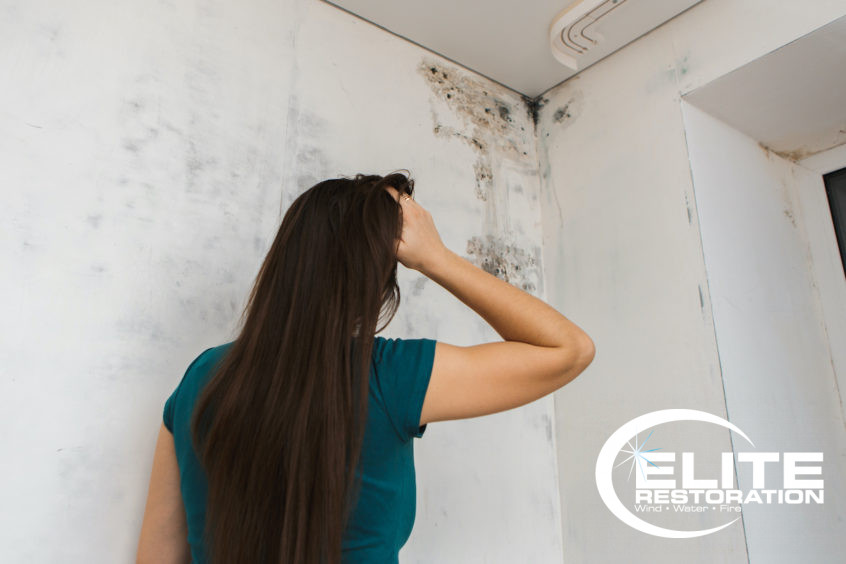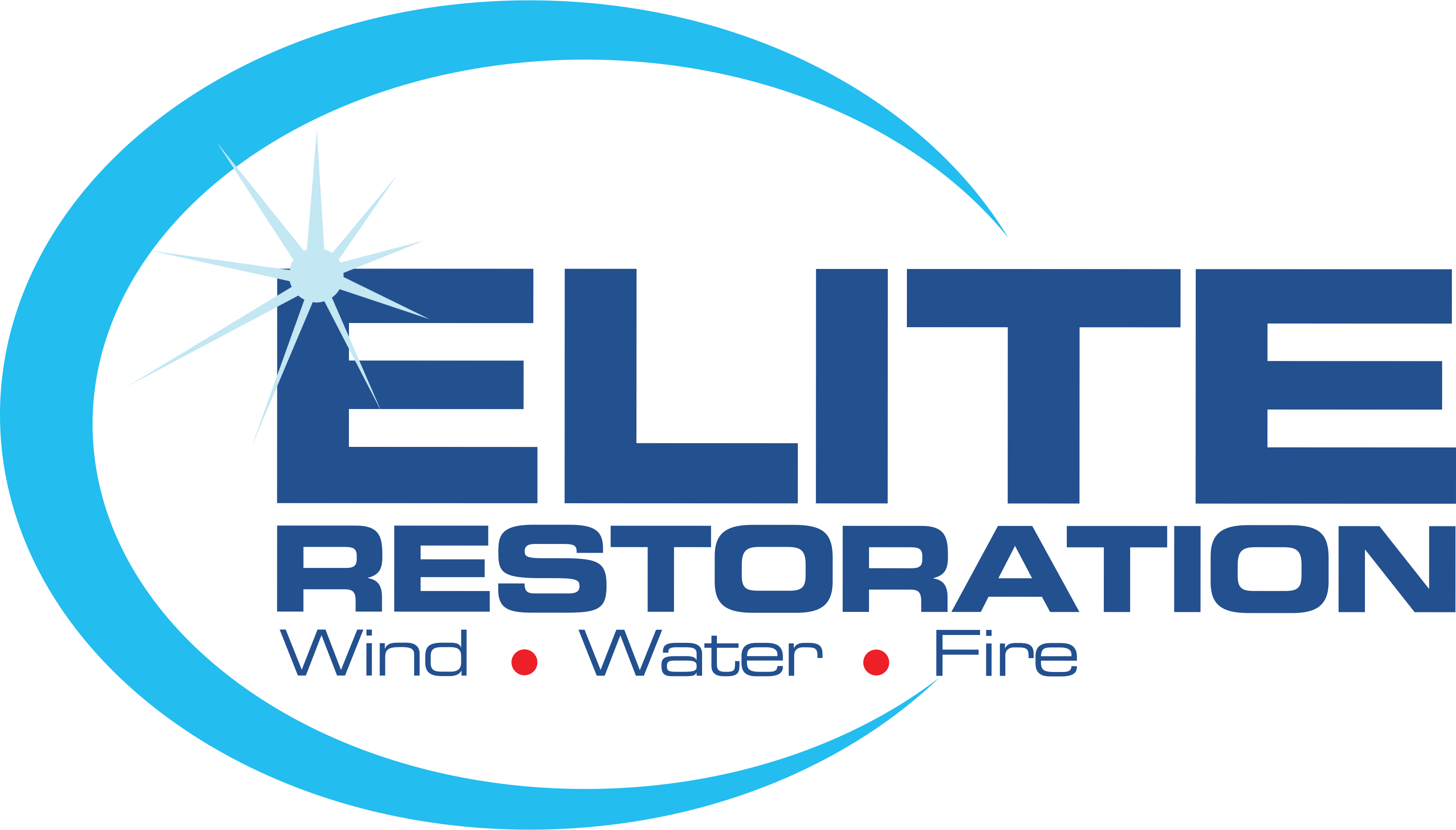How To Spot Mold Damage

Homeowners can face numerous hassles, and one of the most significant ones is dealing with mold. Apart from causing structural damage, mold can pose various health risks, particularly black mold. In this article, we will highlight the most common indicators that you may have mold growing in your home. Should any of these signs apply to you, make sure to reach out to Elite Restoration right away! Our team can conduct home inspections to detect mold and provide comprehensive mold remediation services to eliminate any mold we find. So, how can you tell if your home has mold?
Water Damage Stains
Mold can start growing in as little as 24 to 48 hours after flooding or water damage. That’s why it’s crucial to begin water damage restoration service as soon as possible after such an event. The longer water sits, the more challenging it becomes to prevent mold from settling in. Water damage restoration services often involve drying an area and applying a mold-prevention treatment. In severe cases, you may need to replace large sections of waterlogged drywall, insulation, or flooring. Check your basement or attic regularly for water damage or mold growth, as these areas are often out of sight and out of mind. Suppose you spot any water-damage stains anywhere in your home, whether new or old. In that case, you should closely examine the area for signs of mold growth.
Musty or Mildewy Odor
Mildew has a distinct musty smell that most people are familiar with, and mold can also emit a unique odor, varying based on the type of mold. Some molds have a strong musty or earthy smell, while others may smell sour or pungent. Suppose you can’t see any visible signs of mold, but your home has a pervasive musty or sour odor. In that case, there could be mold growing somewhere out of sight. Inspect your walls and carpet for signs of water damage or moisture buildup. If you can’t see any visual signs of mold but the smell persists, it could be possible that you have mold growth behind your walls, inside your ductwork, or beneath your flooring. At this point, it’s best to have a professional inspection performed to determine the cause of the moldy or mildewy smell.
Indoor Allergy Symptoms
If you experience allergy symptoms only while inside your home but not when you leave, it could indicate mold in your house. However, pet allergies can cause similar symptoms, so this may not always be the case. Mold allergies share many symptoms with other common allergies, such as itchy or watery eyes, sore or itchy throats, sneezing, persistent coughing, difficulty breathing, and sinus headaches. If you or your family members experience any of these symptoms that improve when you leave home, it could be a sign of an allergy to mold growing in your house. Discuss any healthcare concerns with your provider and consider having your home inspected for mold.
Visible Mold Growth
The most straightforward way to detect mold in your home is by seeing it. The most common areas where mold grows are places where humidity and moisture are prevalent, such as bathroom walls and windowsills. Kitchens can also be surprisingly humid, especially if you cook frequently. Check inside your cupboards often to make sure that mold and mildew aren’t growing somewhere out of sight. Finally, attics and basements can often host mold, so it’s essential to inspect these areas regularly for visible mold growth. Mold can appear in various forms and colors, such as slimy, leathery, or fuzzy-looking, and yellow, green, white, brown, grey, or black.
Mold Remediation Services in Idaho Falls
Each of the above signs can indicate that you have mold growing in your home. If you need mold inspection or mold remediation services, contact Elite Restoration. Our Water and Mold Damage Restoration Technicians are IIRC certified, this means we can perform mold inspections and removal services. We’ll help get your home back to safe, comfortable, and mold-free condition!

